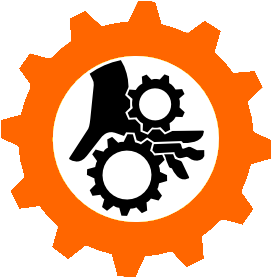

They (or the LLM that summarized their findings and may have hallucinated part of the post) say:
It is a fascinating example of “Glue Code” engineering, but it debunks the idea that the LLM is natively “understanding” or manipulating files. It’s just pushing buttons on a very complex, very human-made machine.
Literally nothing that they show here is bad software engineering. It sounds like they expected that the LLM’s internals would be 100% token-driven inference-oriented programming, or perhaps a mix of that and vibe code, and they are disappointed that it’s merely a standard Silicon Valley cloudy product.
My analysis is that Bobby and Vicky should get raises; they aren’t paid enough for this bullshit.
By the way, the post probably isn’t faked. Google-internal go/ URLs do leak out sometimes, usually in comments. Searching GitHub for that specific URL turns up one hit in a repository which claims to hold a partial dump of the OpenAI agents. Here is combined_apply_patch_cli.py. The agent includes a copy of ImageMagick; truly, ImageMagick is our ecosystem’s cockroach.


I got jumpscared by Gavin D. Howard today; apparently his version of
bcappeared on my system somehow, and his name’s in the copyright notice. Who is Gavin anyway? Well, he used to have a blog post that straight-up admitted his fascism, but I can’t find it. I could only find, say, the following five articles, presented chronologically:Also, while he’s apparently not caused issues for NixOS maintainers yet, he’s written An Apology to the Gentoo Authors for not following their rules when it comes to that same
bcpackage. So this might be worth removing for other reasons than the Christofascist authorship.BTW his code shows up because it’s in upstream BusyBox and I have a BusyBox on my system for emergency purposes. I suppose it’s time to look at whether there is a better BusyBox out there. Also, it looks like Denys Vlasenko has made over one hundred edits to this code to integrate it with BusyBox, fix correctness and safety bugs, and improve performance; Gavin only made the initial commit.